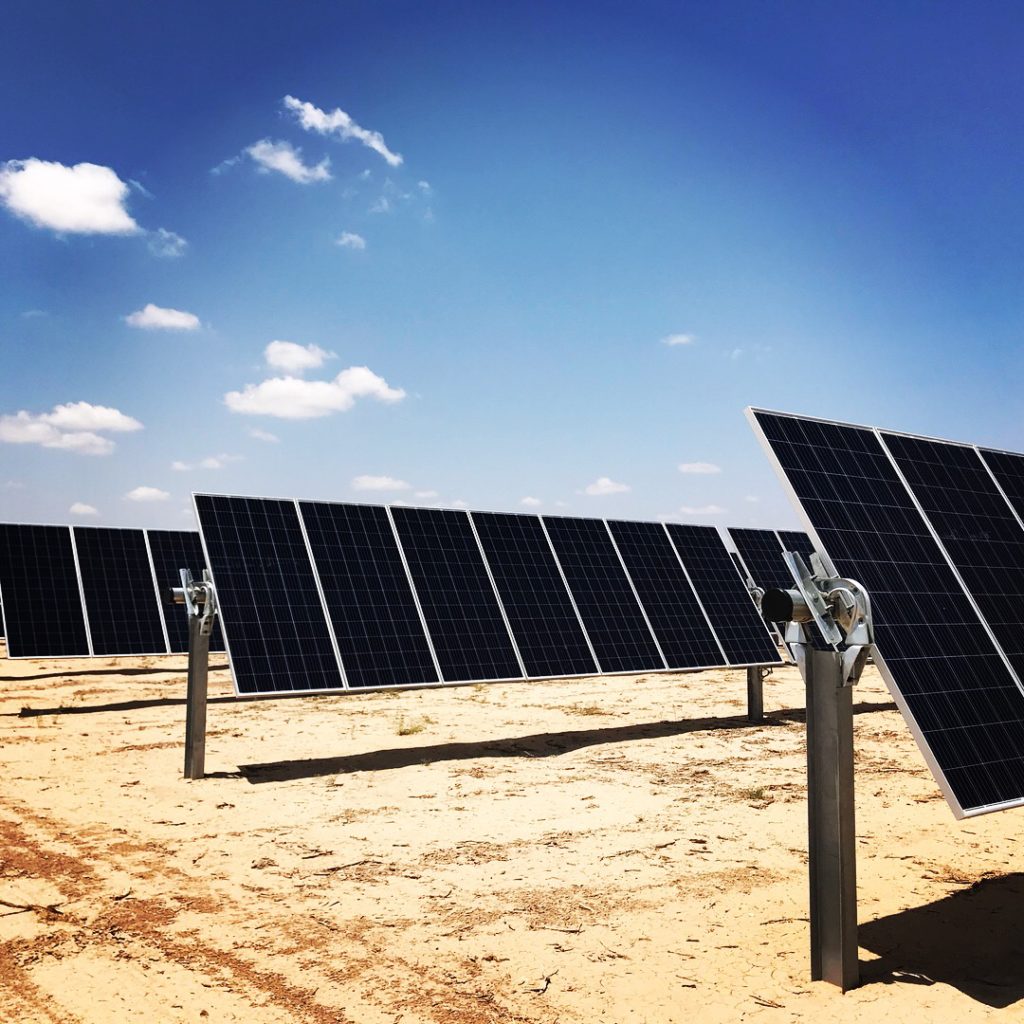By Frank Andorka, Senior Correspondent
FlexGen, the energy storage developer/integrator backed by GE and Caterpillar, is for sale.
The company, whose sale is being handled by Cascadia Capital, currently sports a $400 million pipeline of solar + storage and thermal generation + storage projects across North America. FlexGen was a first-mover in DC-coupled solar + storage technology and, as we have reported, is currently delivering the largest storage project in ERCOT for Vistra Energy. T
The prospectus suggests they are casting a wide net in search of a buyer, including utilities, infrastructure funds, oil and gas majors and renewable players.
FlexGen’s announcement continues what appears to be an ongoing trend of leading storage platforms being acquired by larger entities. For example, SolarEdge just bought Kokam, and earlier this year Engie followed up its 2016 acquisition of Green Charge by buying EPS. In 2017, Greensmith, Younicos, and Demand Energy, all sold to strategic buyers, and in 2016, Saft and 1Energy were sold as well.
FlexGen’s specialty was DC-coupled energy storage, which means there are fewer components to install, meaning there are fewer parts to break down. In addition, you eliminate the unnecessary step of converting DC power to AC power (at the inverter) and then back to DC power (at the storage level) and then back to AC to deliver the electricity to the offtaker.
It lowers installation costs and stabilizes the entire project, including the power-output percentage. Such stability makes projects much easier to finance.
As a sign of its growing acceptance in the market, power producer and retailer Vistra Energy this week chose FlexGen to build its 10-megawatt/42-megawatt-hour storage system at the 180-megawatt Upton 2 solar plant in West Texas. At the time, it was the largest storage project in the Lone Star State.
“Adding storage to existing solar sites, particularly DC-coupled, is the lowest-cost way to deliver scaled storage attributes for their system,” FlexGen Founder Josh Prueher told Greentech Media at the time the deal was signed.
More:
How Vistra and FlexGen Made the Largest Battery in Texas Pencil Out


